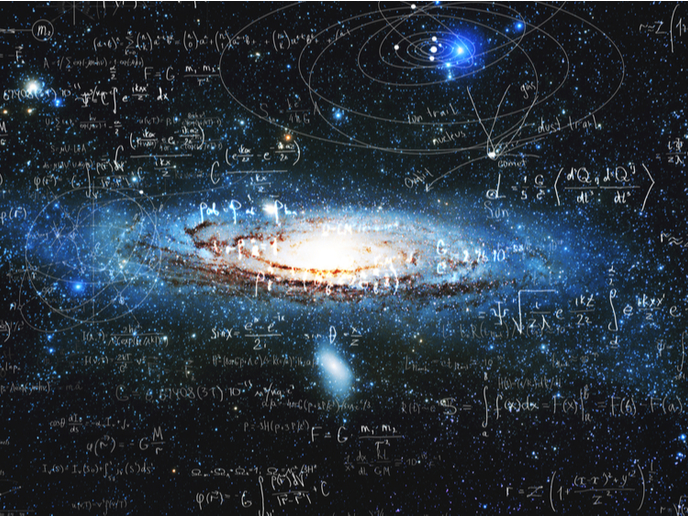Two more EU-funded researchers honoured for outstanding achievements in astrophysics
For his groundbreaking research in X-ray astronomy, EU-funded scientist Andrew Fabian won the 2020 Kavli Prize in Astrophysics. Two years later, the astrophysics prize has gone to US-based researcher Roger Ulrich and another two European scientists, Conny Aerts and Jørgen Christensen-Dalsgaard. The three 2022 astrophysics laureates received the award “for their pioneering work and leadership in the development of helioseismology and asteroseismology.” During the live webcast of the Kavli Prize Announcement, Lise Øvreås, President of The Norwegian Academy of Science and Letters, congratulated the astrophysicists: “Their research has laid the foundation of solar and stellar structure theory and revolutionised our understanding of the interior of stars.”
Studying the Sun and other low-mass stars
Building on Prof. Roger Ulrich’s seminal work in helioseismology, the study of oscillations on the surface of the Sun, Prof. Jørgen Christensen-Dalsgaard of Aarhus University, Denmark, further developed the field and extended his research to include other low-mass cool stars. As reported in the webcast, Prof. Christensen-Dalsgaard “determined the sound speed profile throughout the Sun, its 2-dimensional rotation map, its helium content and the level of helium settling at the base of its convection zone.” He also recognised the potential of applying this science to other stars in the Milky Way, which came to fruition with the launch of three planet-finding missions. The astrophysics laureate was the principal investigator of the EU-funded ASTERISK (ASTERoseismic Investigations with SONG and Kepler) project that ended in 2016.
… and more massive stars
Whereas Prof. Christensen-Dalsgaard played a major role in the first-generation development of asteroseismology, Prof. Conny Aerts of KU Leuven, Belgium, is considered a leading figure of the second generation of asteroseismologists. Widely known for her work on massive hot stars, she had developed clever methods for identifying pulsation modes in them, paving the way for the modelling of their interiors. Prof. Aerts’ work has led to the first quantitative estimates of near-core and envelope mixing in massive stars, in this way significantly furthering stellar evolution theory. She has also led the research for the EU-funded MAMSIE (Mixing and Angular Momentum tranSport of massIvE stars) project that ran between 2016 and 2021. “Helio- and asteroseismology has allowed us to study observationally the properties of the Sun and other stars in great detail,” observes Prof. Christensen-Dalsgaard in the webcast. “For the Sun, it has provided a benchmark for the properties of stars that we can then use to compare our understanding of how stars form and evolve and test the models that we are making of stars. And then with asteroseismology, we have been able to extend that to a broad range of different types of stars. Stars are the fundamental building blocks of the universe in many ways. Stars are where the nuclear elements that make up our world are created. And so, by understanding stars and their evolution, we can begin to understand how all the elements that we are made of are created.” The award ceremony in honour of the laureates is taking place in Oslo, Norway, on 6 September 2022. For more information, please see: MAMSIE project ASTERISK project Kavli Prize in Astrophysics website
Keywords
MAMSIE, ASTERISK, Kavli Prize, star, Sun, astrophysics, asteroseismology, helioseismology

